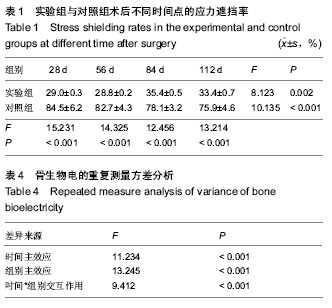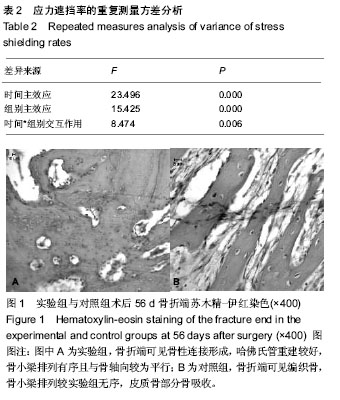[2] B?rbîn?? AC,Luca D,Strugaru SI,et al.New Titanium Alloys Potentially Used for Metal-Ceramic Applications in Medicine. Key Eng Mater.2014;587:287-292.
[3] Nie L,Zhan Y,Hu T,et al.β-Type Zr–Nb–Ti biomedical materials with high plasticity and low modulus for hard tissue replacements.J Mech Behav Biomed Mater.2014;29:1-6.
[4] Xu J,Weng XJ,Wang X,et al. Potential Use of Porous Titanium–Niobium Alloy in Orthopedic Implants: Preparation and Experimental Study of Its Biocompatibility In Vitro. PloS One.2013;8(11):e79289.
[5] Wei Q,Wang L,Fu Y,et al.Influence of oxygen content on microstructure and mechanical properties of Ti–Nb–Ta–Zr alloy. Mater Des.2011;32(5):2934-2939.
[6] 康庆林,张春才,高堂成. 天鹅记忆接骨器对骨折愈合中骨生物电的影响[J].中华创伤杂志,2004,20(6):359-362.
[7] Vahter M,Berglund M,Akesson A, et al. Metals and women’s health. Environ Res. 2002;A88:145-155.
[8] Denkhaus AK,Salnikow K.Nickel essentiality, toxicity, and carcinogenicity. Crit Rev Oncol Hemato-2002;(42):35-56.
[9] Geetha M,Singh AK,Muraleedharan K,et al. Effect of thermomechanical processing on microstructure of a Ti-13Nb-13Zr alloy.J Alloy Compd.2001;329(1/2):264-271.
[10] Kim JI,Kim HY,Hosoda H,et al. Shape memory behavior of Ti-22Nb-(0.5-2.0)O(at%) biomedical alloys. Mater Trans.2005; 46(4):852-857.
[11] Zheng YF,Wang BL,Wang JG,et al.Corrosion behaviour of Ti-Nb-Sn shape memory alloys in different simulated body solutions.Mater Sci Eng A.2006;438-440(n SPEC ISS): 891-895.
[12] Sakaguchi R,Niinomi M,Akahori T,et al.Relationships between tensile deformation behavior and microstructure in Ti-Nb-Ta-Tr systerm alloys.Mater Sci Eng C. 2005; 25(3): 363-369.
[13] Miyazaki S, Kim HY,Hosoda H.Development and characterization of Ni-free Ti-base shape memory and superelastic alloys. Mater Sci Eng A.2006;438/440:18-24.
[14] Kim HY,Sasaki T,Okutsu K,et al.Texture and shape memory behavior of Ti-22Nb-6Ta alloy. Acta Mater.2006;54(2): 423-433.
[15] Zhang LC, Zhou T, Alpay SP, et al. Origin of pseudoelastic behavior in Ti-Mo-based alloys.Appl Phys Lett.2005;87(12): 241909.
[16] Ahmed TA,Long M,Silverstri J,et al.A new low modulus biocompatible titanium alloy. Titanium 1995, Science and Technology, Birmingham, UK,1996:1760.
[17] Hao YL,Niinomi M,Kuroda,et al.Young’s modulus and mechanical properties of Ti-29Nb-13Ta-4.6Zr in relation to α〃 martensite . Metall Mater Trans A.2002;33A:3137-3144.
[18] Wang L,Lu W, Qin J,et al.Microstructure and mechanical properties of cold-rolled TiNbTaZr biomedical β titanium alloy. Mater Sci Eng A.2008;490:421-426.
[19] Wang L,Lu W,Qin J,et al.Texture and superelastic behavior of cold-rolled TiNbTaZr alloy.Mater Sci Eng A.2008;491: 372-377.
[20] Wang L,Lu W,Qin J,et al.Change in microstructures and mechanical properties of biomedical Ti-Nb-Ta-Zr system alloy through cross-rolling.Mater Trans JIM.2008;49(8):1791-1795.
[21] Wang L,Lu W,Qin J,et al.Influence of cold deformation on martensite transformation and mechanical properties of Ti-Nb-Ta-Zr alloy.J Alloy Compd.2009; 469:512-518.


